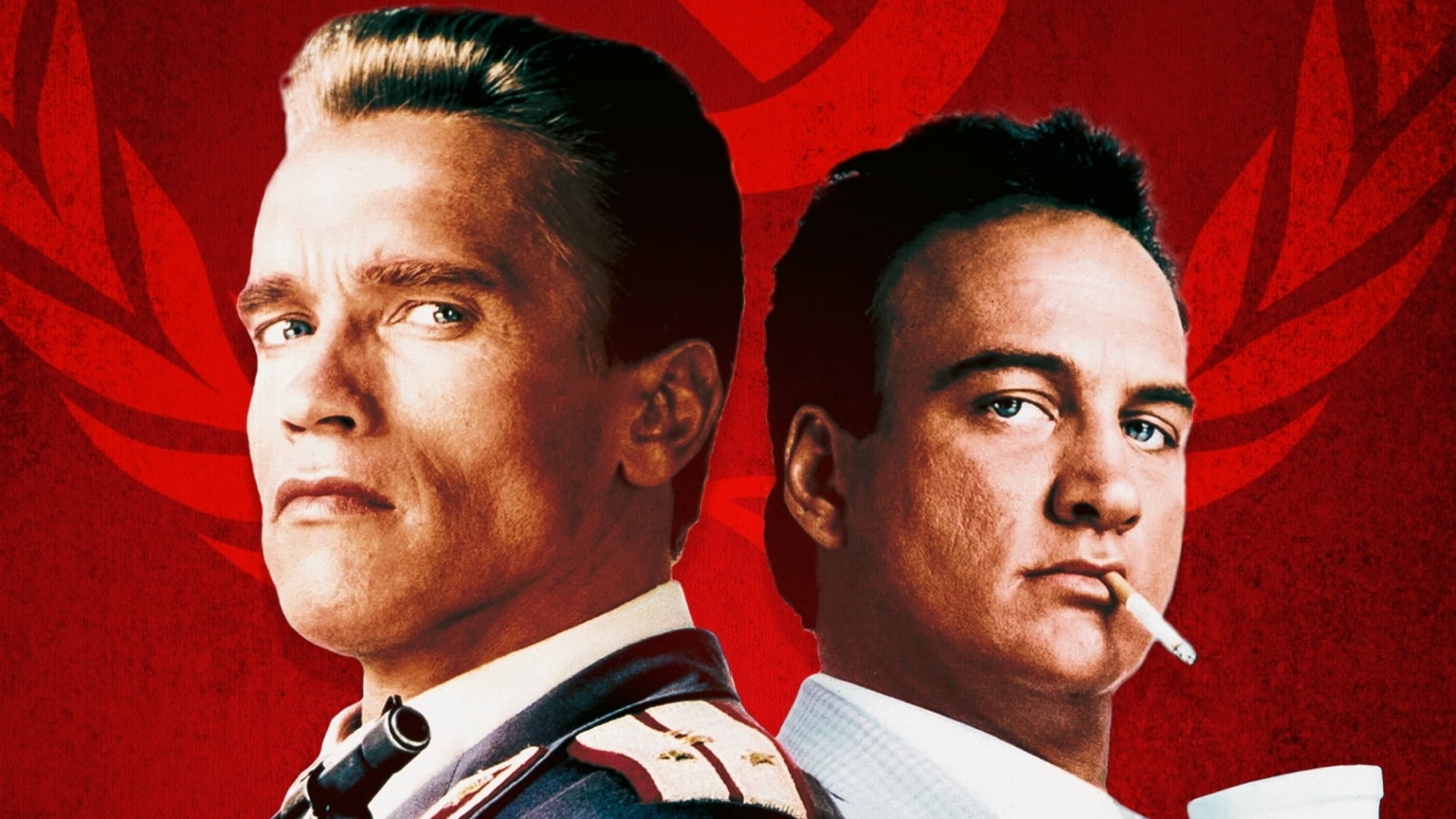Watch Red Heat (1988) Movie

A tough Russian policeman is forced to partner up with a cocky Chicago police detective when he is sent to Chicago to apprehend a Georgian drug lord who killed his partner and fled the country.

Moscow's toughest detective. Chicago's craziest cop. There's only one thing worse than making them mad. Making them partners. - drug dealer
## The Crimson Curtain: Beyond the Brawn in Red Heat (Spoiler Warning!)
"Red Heat," the 1988 buddy-cop action extravaganza starring Arnold Schwarzenegger and James Belushi, is often remembered for its over-the-top action sequences, quotable one-liners ("Cocainum!") and the sheer visual spectacle of Schwarzenegger's stoic Russian cop, Ivan Danko, navigating the chaotic landscape of Chicago. But beneath the explosions and the wisecracks lies a film that, while undeniably formulaic, offers a glimpse into the complexities of cultural clash and the unspoken parallels between opposing ideologies. This isn't just about Russians and Americans; it's about order and chaos, discipline and instinct, and the surprising humanity found within seemingly rigid systems.
The plot, on the surface, is simple enough: Danko, a captain in the Moscow Militsiya, is dispatched to Chicago to extradite Viktor Rostavili (Ed O'Ross), a ruthless Georgian drug dealer who fled Russia after killing Danko’s partner. He’s paired with Art Ridzik (James Belushi), a Chicago PD detective known for his unorthodox methods and penchant for trouble. Rostavili quickly escapes, leading Danko and Ridzik on a relentless chase through the Windy City's grimy underbelly.
However, what elevates "Red Heat" beyond a simple action flick is the nuanced portrayal of Danko. He's not just a hulking stereotype. Schwarzenegger masterfully conveys a sense of duty and unwavering commitment to the law, even when confronted with a system he clearly disdains. His stoicism isn’t just a character quirk; it’s a reflection of a lifetime spent under a repressive regime, where emotions are often suppressed for survival. We see glimpses of this suppressed emotion in his fleeting moments of quiet reflection, the almost imperceptible flicker of pain in his eyes when he remembers his murdered partner.
Furthermore, the film doesn't shy away from highlighting the corruption and moral ambiguity within the American system. While Ridzik initially appears to be a jovial, albeit reckless, officer, we quickly learn about his gambling debts and his willingness to bend the rules to get the job done. This juxtaposes sharply with Danko's unwavering adherence to protocol, forcing the audience to question which system is truly more effective, or perhaps, more fundamentally flawed.
Rostavili, too, is more than just a one-dimensional villain. He represents the brutal undercurrent that exists within both societies. He embodies the corruption and greed that permeates the black market, a world where allegiances are fleeting and violence is the only language understood. He understands the allure of freedom, but uses it to exploit and corrupt, revealing a cynical view of human nature.
The climactic shootout on the bus, while a spectacle of pyrotechnics, is also a metaphorical representation of the clash between these opposing forces. Danko's precise, calculated movements stand in stark contrast to Ridzik's chaotic, improvisational approach. It’s only through their combined efforts, a grudging respect forged in the crucible of conflict, that they are able to overcome Rostavili and his gang.
In the end, "Red Heat" isn't just about a Russian cop chasing a bad guy in Chicago. It’s a commentary on the perceived differences and the surprising similarities between two vastly different cultures. It explores the inherent flaws and surprising virtues within opposing systems, and ultimately, suggests that even amidst the clash of ideologies, a common ground of humanity can be found. The crimson curtain, a symbol of the Cold War divide, becomes a little less opaque as Danko and Ridzik, despite their differences, achieve a shared goal, proving that even in the heat of battle, connection is possible. It's a surprisingly thoughtful message hidden beneath layers of exploding cars and Schwarzenegger's legendary biceps.

إرسال تعليق